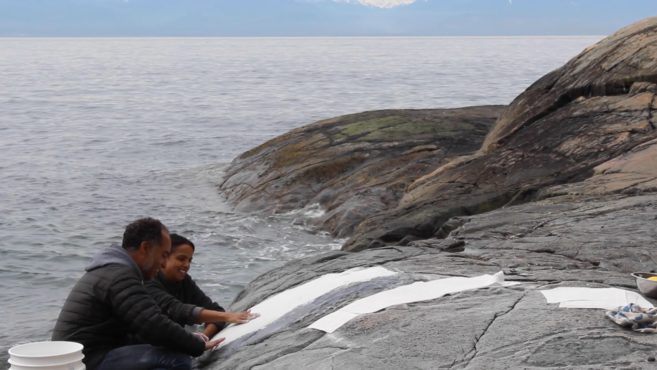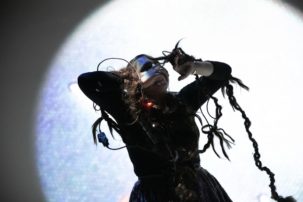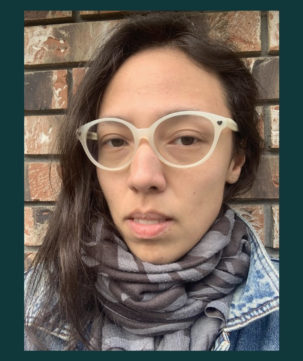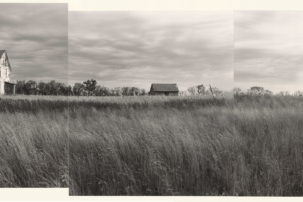I have a love-hate relationship with painting. I grew up in Edmonton, which in the ’60s and ’70s was sieged by non-objective artists. I couldn’t relate to that kind of work. Formalist, non-objective painting and sculpture—it still gives me trouble. Those artists seemed more interested in avoiding the world rather than engaging and re-visioning it. However, as a Métis person, learning realistic or representational Western oil painting seems like a colonial activity. So I feel caught in the middle. I want to make work that is legible, rather than something that’s merely for pleasure, escape, or is in a code known only to the community it rises from. My compromise is this new body of work: realist, still-life paintings coded with Indigenous meanings.
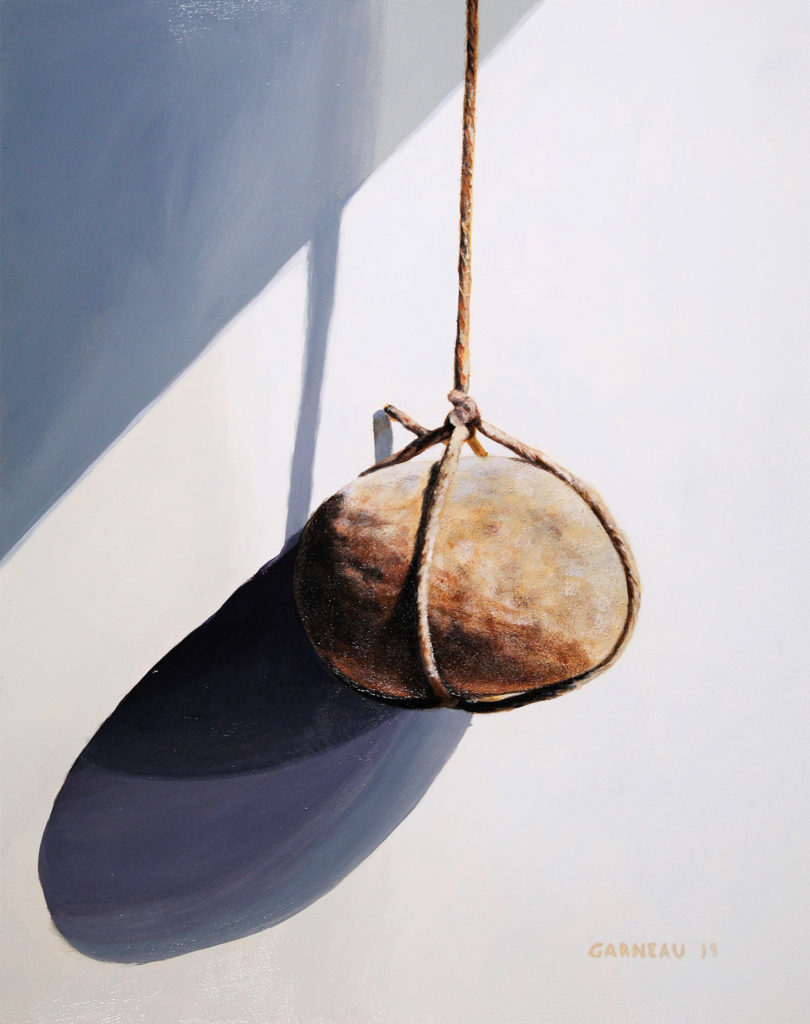 David Garneau, Métis Academic Charm, 2019. Acrylic on masonite, 50 x 40 cm. Courtesy the artist.
David Garneau, Métis Academic Charm, 2019. Acrylic on masonite, 50 x 40 cm. Courtesy the artist.
I started the series Unsettled Volumes at UBC Okanagan’s remarkable Summer Indigenous Art Intensive residency. I made 40 still-life paintings that reflected the performances, talks and casual conversations that happened over five weeks in 2016. The primary tension I felt was between those Indigenous artists who prioritized non-verbal engagement with their bodies and the land, and those who were more comfortable engaging with theory and books. If we are to live in the present and work toward a habitable future, we need to know both the non-colonial world and how to use contemporary tools. But these realms often appear incompatible. My paintings wrestle with these tensions.
Photographers often talk about the difference between taking a picture and making a picture. My pictures are manufactured rather than found. For me, painting is a conceptual activity. It’s about taking things from around my house and putting them in dialogue with one another. I hope to portray relations that are both formally satisfying and generate meanings that exceed their individual and conventional content. Many of the compositions include books and stones. The books are nearly all by Indigenous authors. While the titles are obscured, I hope that those who have their own copies understand some of my juxtapositions.
In Indigenous understanding, rocks are animate. And they are considered grandfathers. There is an ontology to these things in geological thinking. A rock is mineral aggregate; a stone is the same thing transformed
by human use. How do these sources of knowledge co-habit with books? According to Western materialism, books are inanimate things but, when read, we experience their content as living, and we are materialists no longer.
For the painter, the painting is not only a picture or a visual experience; it’s a thing, an object. Books and paintings are alike in that they are both necessary objects—things you want to hold, you want to touch, you want to possess. It’s not just about their contents, but about their form as well—and this idea of being humbled before a process, humbled before an object. It’s a very intimate thing. —As told to Jayne Wilkinson

